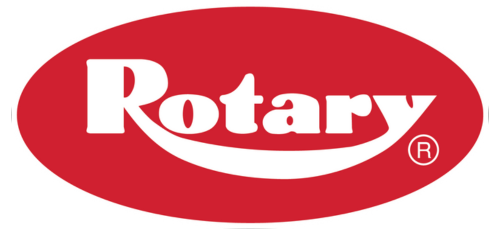 It’s important to understand how a piece of equipment will fit in your shop before you buy it. Your employees are counting on you to make the right call, and it can have a big impact on your bottom line, too. Every day, our distributors answer questions about how our lifts work as shop owners try to make sure they’re buying the right one. To help you make the right decision about choosing a 4-post lift, let’s explore some of the most common questions we hear:
It’s important to understand how a piece of equipment will fit in your shop before you buy it. Your employees are counting on you to make the right call, and it can have a big impact on your bottom line, too. Every day, our distributors answer questions about how our lifts work as shop owners try to make sure they’re buying the right one. To help you make the right decision about choosing a 4-post lift, let’s explore some of the most common questions we hear:
Is a 4-post lift right for my shop?
Four-post lifts are a great fit for many shops. Not all cars and trucks can be serviced with a lift that uses arms or pads because they’re oversized or weight is distributed unevenly. If your shop sees a lot of those kinds of vehicles, a four-post lift can help. They’re also ideal for simple maintenance jobs, inspections and general service procedures. A big reason many people choose four-post lifts is because of their simplicity. A tech can easily drive onto it, and they won’t need to bother with getting out, crouching down and adjusting lift arms.
What specs to I need to pay attention to?
The first thing to look at is how much it can lift. It varies, and it’s one of the most important specs to check before you buy. Our lifts can handle everything from 14,000 lbs. all the way up to 18,000 lbs. Other things to check include the wheelbase lengths the lift can accommodate and the rise time of the lift.
You’ll also need to choose between an open-front or closed-front design. Generally, heavy duty lifts have a closed front for stability. If you work with smaller vehicles, you can choose an open-front design (no bar between the two front posts), which makes it easier for your techs to work under and around the vehicle.
Can I do wheels-free jobs?
Yes! Some lifts come with the extras you need to do wheels-free work, or you can add them after the purchase. For example you can add a rolling jack that moves along tracks on the inside of the runways letting you easily make wheel repairs. Or you can go the alignment kit route. The kit will include:
- Rolling jacks
- Turntables (or you can use your own)
- Slip plates
Adding that equipment helps the four-post lift become even more versatile.
What are the installation requirements?
These vary from lift to lift. A distributor can help you plan out where and how to install a specific Rotary lift. They’ll help you dig into things like:
- Concrete thickness requirements
- Minimum and ideal bay sizes
- How the lift will fit into your workflow
- Height requirements
Now it’s your turn. What did we miss? Add your questions in the comments below or get in touch with a distributor today. And if you’d like to read more about 4-post lifts, take a look at our 4-post lift buyers guide.
{{cta(‘c8b95aa7-09a3-4f92-b4e5-96bda85f0494’)}}
